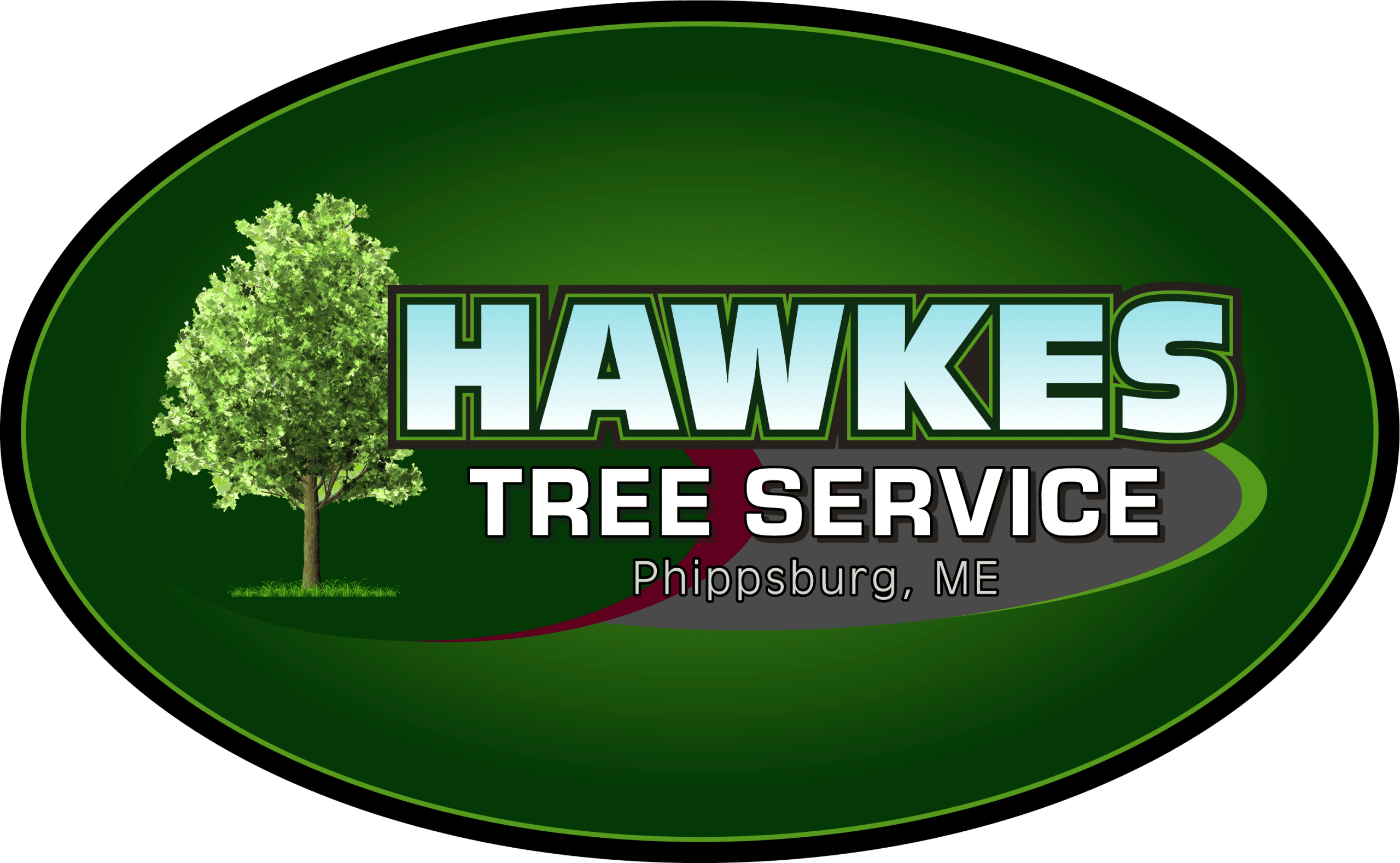Ticks in Maine: What You Need to Know
Ticks are arachnids commonly found in wooded areas, tall grass, and brushy landscapes—especially throughout Maine. While they don’t directly damage trees, ticks thrive in outdoor environments and pose serious health risks to humans and animals.
Maine is home to around 15 tick species, but the most common are the Blacklegged Tick (Deer Tick), American Dog Tick, and Woodchuck Tick. These pests are a major concern due to their ability to transmit diseases like Lyme disease, which can lead to long-term complications such as arthritis, neurological issues, and—in rare cases—death.
Ticks have a three-stage life cycle (larva, nymph, adult) and rely on various animal hosts at each stage. While it takes multiple years for a tick to mature, they can bite and spread disease at all life stages. In Maine, tick activity typically begins in early spring and continues through late fall.
Mosquitoes in Maine: Seasonal Activity & Risks
Mosquitoes are not direct pests to trees, but they thrive in grassy, wooded, and shaded areas—making your yard an ideal habitat if not properly treated. Maine is home to over 45 mosquito species, with nearly half considered biting pests to humans and animals.
Female mosquitoes require a blood meal to reproduce and lay eggs, and all mosquitoes breed in standing water—from clogged gutters and puddles to birdbaths and containers. These pests are also known carriers of serious vector-borne diseases like West Nile Virus and Eastern Equine Encephalitis (EEE), both of which pose health risks to people and pets.
Mosquito season in Maine begins in late March when larvae hatch, with adult mosquitoes emerging around late April. While timing varies by species, most remain active for several weeks or months. They are typically most active during dawn, dusk, and on cloudy or humid days, and often rest in tall grass or shaded vegetation during the day.
Comprehensive Tick & Mosquito Treatment Plans for Maine Properties
At Hawkes Tree Service, we’re committed to protecting your family and property from the dangers of ticks and mosquitoes. Our seasonal tick and mosquito control plans are customized to meet the specific needs of your Maine landscape—providing effective, long-lasting results.
We use targeted spray applications in high-risk areas, including lawns, shaded edges, and dense vegetation where these pests are most active. Take back your outdoor spaces with safe, professional treatment solutions.
Contact us today for a free property evaluation and enjoy your yard without the bite.
Safe Pest Control Options for Coastal and Shoreline Properties
The State of Maine has strict regulations regarding which pest control products and application methods may be used within 250 feet of the mean high-water mark. These guidelines are in place to protect local waterways, marine ecosystems, and sensitive habitats.
Because every property is unique, our licensed team will recommend the best treatment method based on your location and environmental considerations. Contact Hawkes Tree Service today at (207) 442-7444 for a free consultation.

